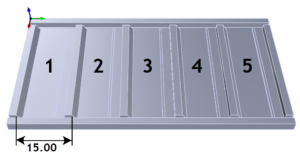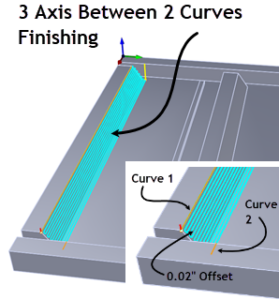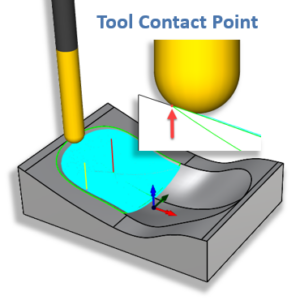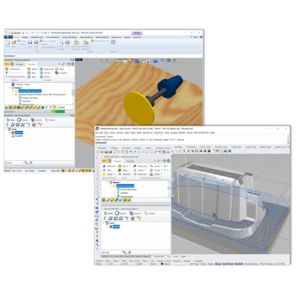 Conley Manufacturing located in Shelby Township just north of Sterling Heights, MI manufactures machined tool & die components for the automotive and aerospace production markets. Companies like Boeing, Cessna, Honda Jet, Ford, GM and Chrysler turn to Conley Manufacturing for specialized jigs, SPC (Statistical Process Control) checking fixtures and CMM (Coordinate Measuring Machine) holding fixtures. The company also machines inserts for plastic injection mold tooling.
Conley Manufacturing located in Shelby Township just north of Sterling Heights, MI manufactures machined tool & die components for the automotive and aerospace production markets. Companies like Boeing, Cessna, Honda Jet, Ford, GM and Chrysler turn to Conley Manufacturing for specialized jigs, SPC (Statistical Process Control) checking fixtures and CMM (Coordinate Measuring Machine) holding fixtures. The company also machines inserts for plastic injection mold tooling.
Al Grifka, CNC Manager for Conley Manufacturing has been machining tool & die components using RhinoCAM for the past 5 years. Al comes from a family of engineering expertise. His father is an engineer with Chrysler Corporation and three of his cousins are all tool & die machinists with the top three automakers. We recently sat down with Al to discuss his use of RhinoCAM CNC software from MecSoft Corporation.
The RhinoCAM Difference
Al started his career operating 3 Axis CNC mills for a local machine shop. Demonstrating his skills in numerical control, Al was quickly promoted to a CNC programmer. Using RhinoCAM, Al demonstrated his skill set where it counts – cutting quality metal components alongside older and more experienced machinists, many of whom who were using Mastercam.
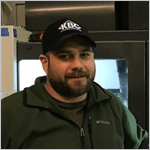 | Al Grifka, CNC Manager, Conley Manufacturing, Shelby Township, MI |
Quality & Craftsmanship
When you consistently provide accuracy and quality while producing SPC and DMM tooling for the automotive and aerospace industries, you know and your customers know how good you really are! That’s why we at MecSoft Corporation are proud that Al Grifka and Conley Manufacturing rely on our RhinoCAM CNC software!
Machining Core & Cavity Inserts
Conley Manufacturing also machines core & cavity inserts for plastic injection mold tooling. While Al is restricted from showing us his production automotive and aerospace tooling, he has agreed to collaborate with us on another one of his projects for the purposes of this case study. The convex cavity side insert for the injection mold to produce these glass frames is an excellent opportunity to discuss some of the techniques you can use in Rhino and RhinoCAM to ensure machining accuracy and quality especially relating to parting lines.
 |  |
 |  |

 | Al Grifka, CNC Manager, Conley Manufacturing, Shelby Township, MI |

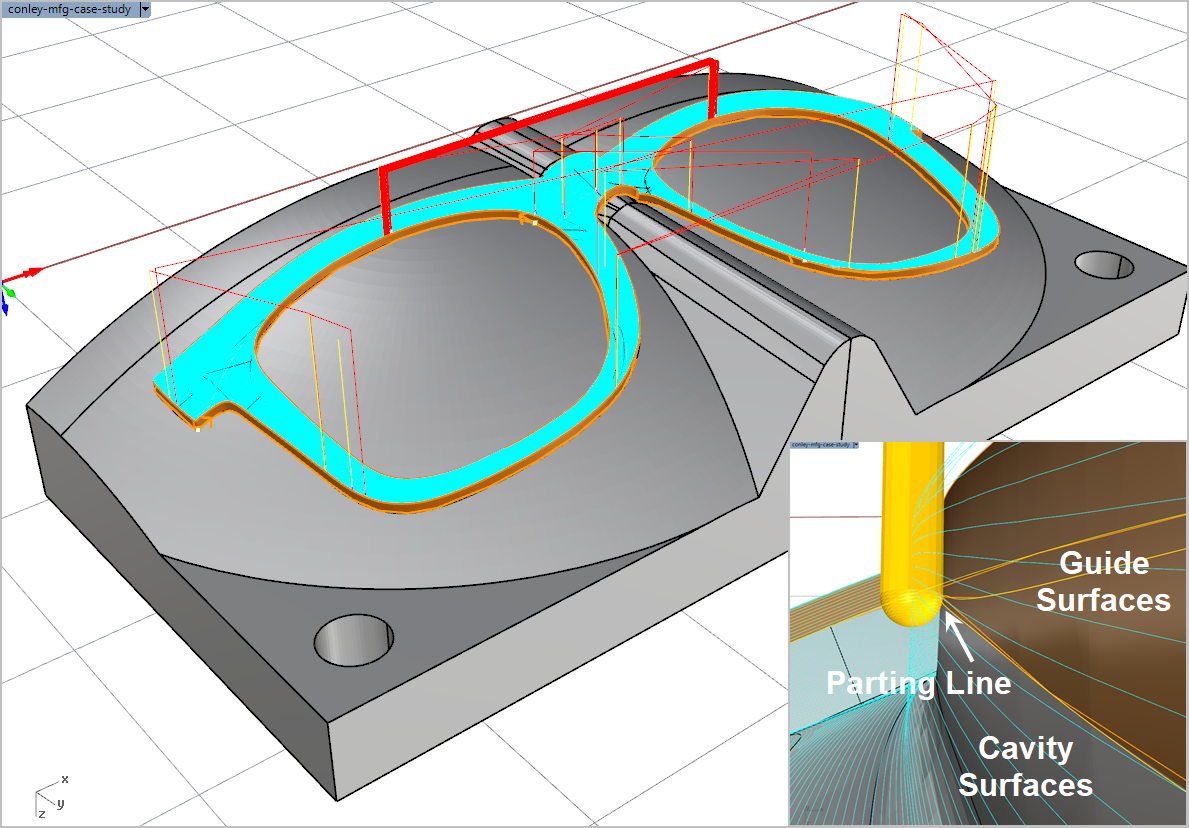 Parting line machining a mold cavity insert at Conley Manufacturing. (Inset Bottom Right) The Cavity surfaces are grey. Guide surfaces (in brown) are used to keep the cutting tool from riding on or along the parting line.
Parting line machining a mold cavity insert at Conley Manufacturing. (Inset Bottom Right) The Cavity surfaces are grey. Guide surfaces (in brown) are used to keep the cutting tool from riding on or along the parting line.
Watch the Cut Material Simulation
A Closer Look
Here are some close-up images of the finishing toolpaths at the cavity parting lines. The guide surfaces are not displayed.
 |
 |
 |
 |
Electrode Machining
Here is an electrode design for the convex cavity illustrated above. In electrical discharge machining (EDM) the desired cavity is burned away from the insert blank by a series of rapidly recurring current discharges between two electrodes that are separated by a dielectric liquid. One of the electrodes is called the tool-electrode, or simply the “electrode,” while the other is called the workpiece-electrode, or “work piece.” In this approach, the workpiece (shown on top in the image on the right below) is machined without the cavity while the electrode (shown on the bottom) is machined separately. EDM is used in areas that are difficult or impossible to machine directly
 |
 |
More about Conley Manufacturing
Al Grifka is CNC Manager at Conley Manufacturing located in Shelby Township just north of Sterling Heights MI. Al performs precision tool & die machining and manufacturing for the automotive, aerospace and consumer products markets using RhinoCAM CNC software on the companies Haas VF2-3 Axis Machining Centers. We encourage you to visit them online at conleymanufacturing.com.
Here are some sample aluminum mold components from Conley Manufacturing:
 |  |
 |  |
See Also:

